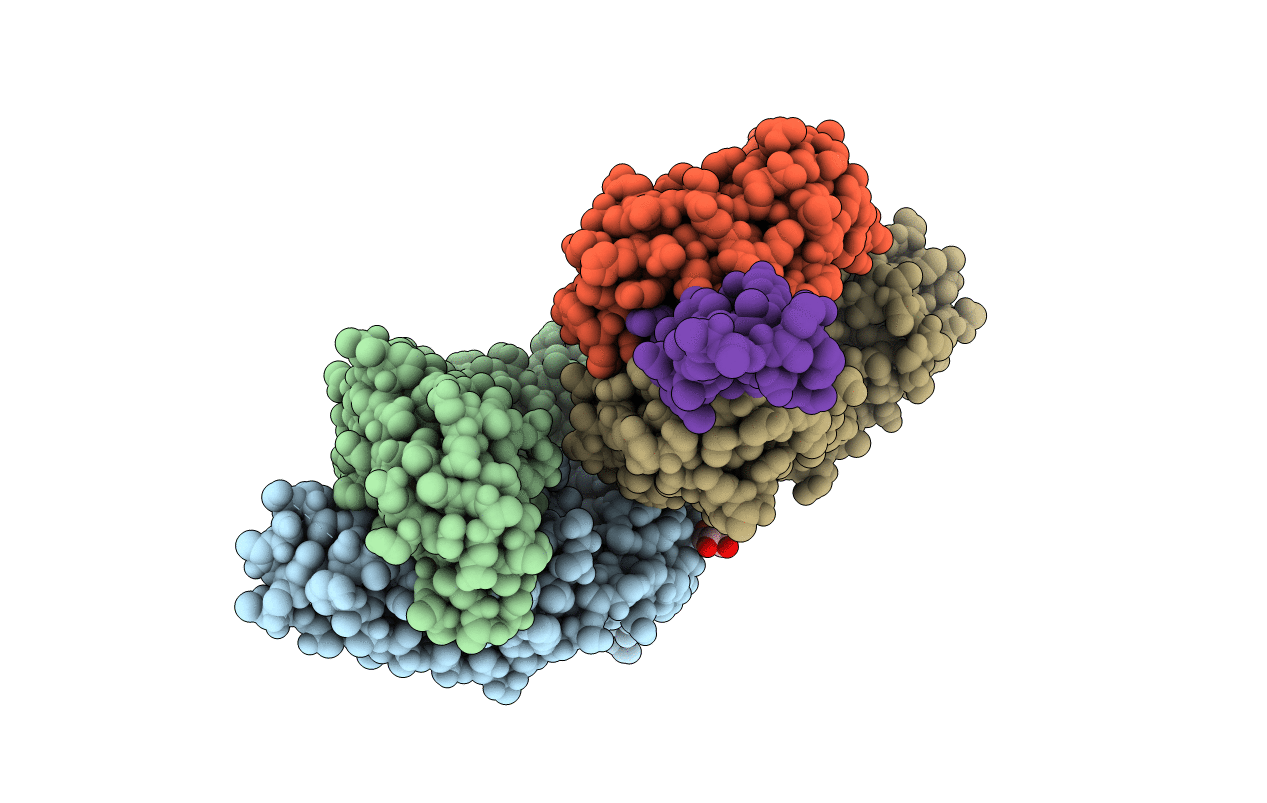
Deposition Date
2021-08-12
Release Date
2022-03-02
Last Version Date
2024-10-23
Method Details:
Experimental Method:
Resolution:
1.90 Å
R-Value Free:
0.21
R-Value Work:
0.17
R-Value Observed:
0.18
Space Group:
P 21 21 21


